2017 Honda Accord Hybrid Review

As economical and comfortable as it was, the Honda Accord Hybrid introduced back in 2014 wasn’t exactly exciting to drive.
It drove like, well, a hybrid sedan, with about the only feedback to speak of was coming from drivers’ pocketbooks as they cruised past gas station after gas station thanks to a ridiculously low combined fuel consumption rating of 47 mpg. And then it went away, discontinued after the 2015 model year as Honda shifted production of the electrified sedan from Ohio to Japan. But now it’s back, and Honda hopes it has injected a little bit of fun into the 2017 Honda Accord Hybrid on the road to reclaiming the title of class leader in efficiency.
ALSO SEE: 2016 Chevrolet Malibu Hybrid Review
Powertrain Improvements
While the packaging is fundamentally the same this time around, the Accord Hybrid’s powertrain has received a fairly extensive overhaul for 2017. The gas engine, a 2.0-liter Atkinson cycle four-cylinder, is essentially unchanged from the previous car, though output has been increased slightly to 143 hp and 129 lb-ft of torque. It also features a Honda-first exhaust heat recovery system that aims to improve efficiency on short trips by warming the engine’s coolant more quickly, boosting operational temperature and reducing internal friction.
Get the Flash Player to see this player.
FAST FACTS
| Engine: | 2.0L Atkinson cycle four-cylinder, electric motor |
| Power: | 212 hp total system output |
| Transmission: | Continuously-variable transmission |
| EPA Fuel Economy (MPG): | 49 city, 47 hwy |
| CAN Fuel Economy (L/100 km : | 4.9 city, 5.1 hwy |
| US Price: | $30,440 - $36,830 (freight included) |
| CAN Price: | $31,200 - $37,300 (before freight) |
Bolted to the gas engine is a new two-motor electric unit that feeds power to both the wheels and battery. The package is smaller and lighter than the last version while making slightly more power for totals of 181 hp and 232 lb-ft of torque. The power control unit, the part that makes the whole hybrid package work in unison, and 1.3-kWh lithium-ion battery pack were also downsized, helping reduce the car’s curb weight to about 3,500 lbs, while the dimensionally smaller battery helped increased trunk size to 13.5 cu-ft.
Dynamic Drive
The new hybrid model benefits from the chassis improvements rolled out on the refreshed gas-powered Accord to provide a more engaging ride this time around. Torsional rigidity has been improved for 2017, as has overall ride quality, thanks to new adaptive dampers that hush road imperfections during gentle cruises while livening things up when the driver is so inclined.
The powertrain operates in three modes: Electric, hybrid, and engine drive. This is where the power control unit comes into play, switching between the three on its own depending on the situation. Accelerating from a stop is generally done under pure electric load before hybrid drive kicks in at low-speed cruising to maximize the efficiency of both power sources. Cruising on the highway, meanwhile, leans on a both electric and engine drive.
The Accord Hybrid makes transitions between the three drive modes near-seamlessly, with the only indication of which mode the car is in while driving coming from the digital display where a traditional gauge cluster would be found.
A sport mode has also been added for 2017, and with it a degree of enjoyment not found in the previous Accord Hybrid — or virtually any other hybrid sedan on the market, and even some gas-powered models. After hypermiling it around California’s Napa Valley to get fuel economy up in the neighborhood of the 48 mpg combined average advertised by Honda, sport mode added some much-needed character to the drive. An unexpected level of enthusiasm from the car made the twisty roads in the Vaca Mountains downright enjoyable, with car firmly planted, the regenerative brakes up to the task of slowing the car in a hurry before the next hairpin, and the refined electric power steering providing at least some semblance of feel. Of course, driving the car hard is a quick way to kill any semblance of hybrid economy, pushing consumption well into non-hybrid Accord territory.
ALSO SEE: 2016 Mazda6 Grand Touring Review
Whether in normal or sport, the car’s continuously variable transmission is smooth for the most part, but suffers from mild bouts of rubber-banding and can lead to unexpected surges towards the top of the simulated shift points Honda has added to make it feel more like a traditional automatic.
Familiar Form
If you’ve seen a gas-powered Accord lately, then the hybrid version will be immediately familiar. It adopts the same chevron-like grille found on the facelifted Accord introduced for 2016, with the only notable — and barely noticeable — differences coming from the hybrid badging and slight blue tint in the head- and taillight housings.
The car’s cabin is also much the same as its gas-powered sibling, with the interior essentially transplanted into the hybrid. Most materials look and feel great, while others, namely the headliner and some plastic inserts, feel cheap to the touch, while the steering wheel is manually adjustable, as is the passenger seat, which can’t be raised or lowered.
ALSO SEE: 2016 Honda Accord Review
Cars sold in the U.S. are available in base, EX-L and Touring trims, while Canadian cars forego the midgrade EX-L. Base cars in both countries get cloth seats, while leather is standard on EX-L and Touring models. The Honda Sensing safety suite is par for the course on all cars, and includes forward collision warning and mitigation braking, lane departure warning and lane keep assist, road departure mitigation, and adaptive cruise control, as is a rearview camera, Honda LaneWatch, heated front seats, dual-zone automatic climate control, push-button start and cruise control.
It’s only when it comes to infotainment options that cars in the two countries differ, with a seven-inch touchscreen running Apple CarPlay and Android Auto standard on base cars in Canada but only offered on EX-L and Touring models in the U.S.
Both smartphone integration options run through Honda’s Display Audio system, which is easy to use, though still goes without a proper volume knob to control audio levels, instead using a touch-sensitive panel next to the infotainment screen that can be frustrating to use, particularly from the passenger seat.
The Verdict: 2017 Honda Accord Hybrid Review
So is the 2017 Honda Accord Hybrid both fun to drive and efficient? Well, it’s all relative. It’s definitely sportier than the last version, and is probably more engaging than the competition, but it’s definitely not as sporty as something like a V6 Accord. But then again, a V6 Accord doesn’t average 48 mpg.
Discuss this story on our Honda Accord Forum
LOVE IT
- Addition of sport mode
- Standard Honda Sensing safety suite
- Refined hybrid powertrain
LEAVE IT
- Cheap interior materials
- Lack of volume knob
- Rubberiness of CVT

Dan is AutoGuide.com's Road Test Editor, a long-suffering Buffalo Bills fan, and a car guy since childhood. He enjoys long walks on the beach and long drives just about anywhere the road, track or trail will take him. You'll see him driving around evaluating cars and in front of a camera talking about them. Dan is a member of the World Car of the Year jury.
More by Dan Ilika



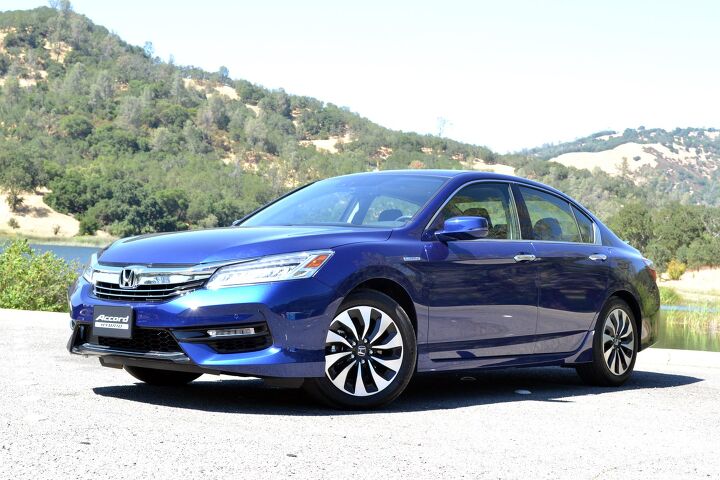

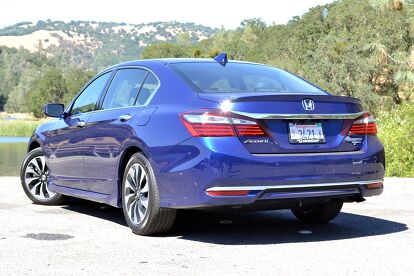













































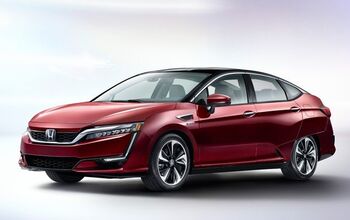

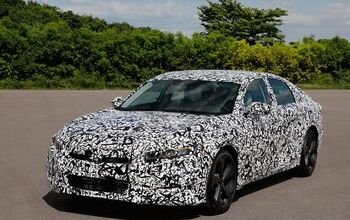
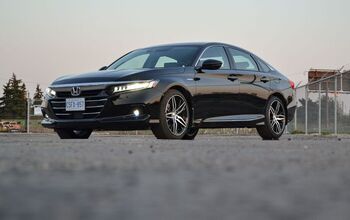


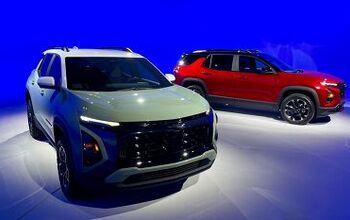
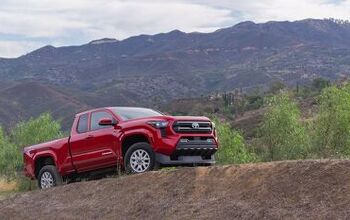







Comments
Join the conversation
I don't think it has a CVT. Most articles say it has NO transmission.